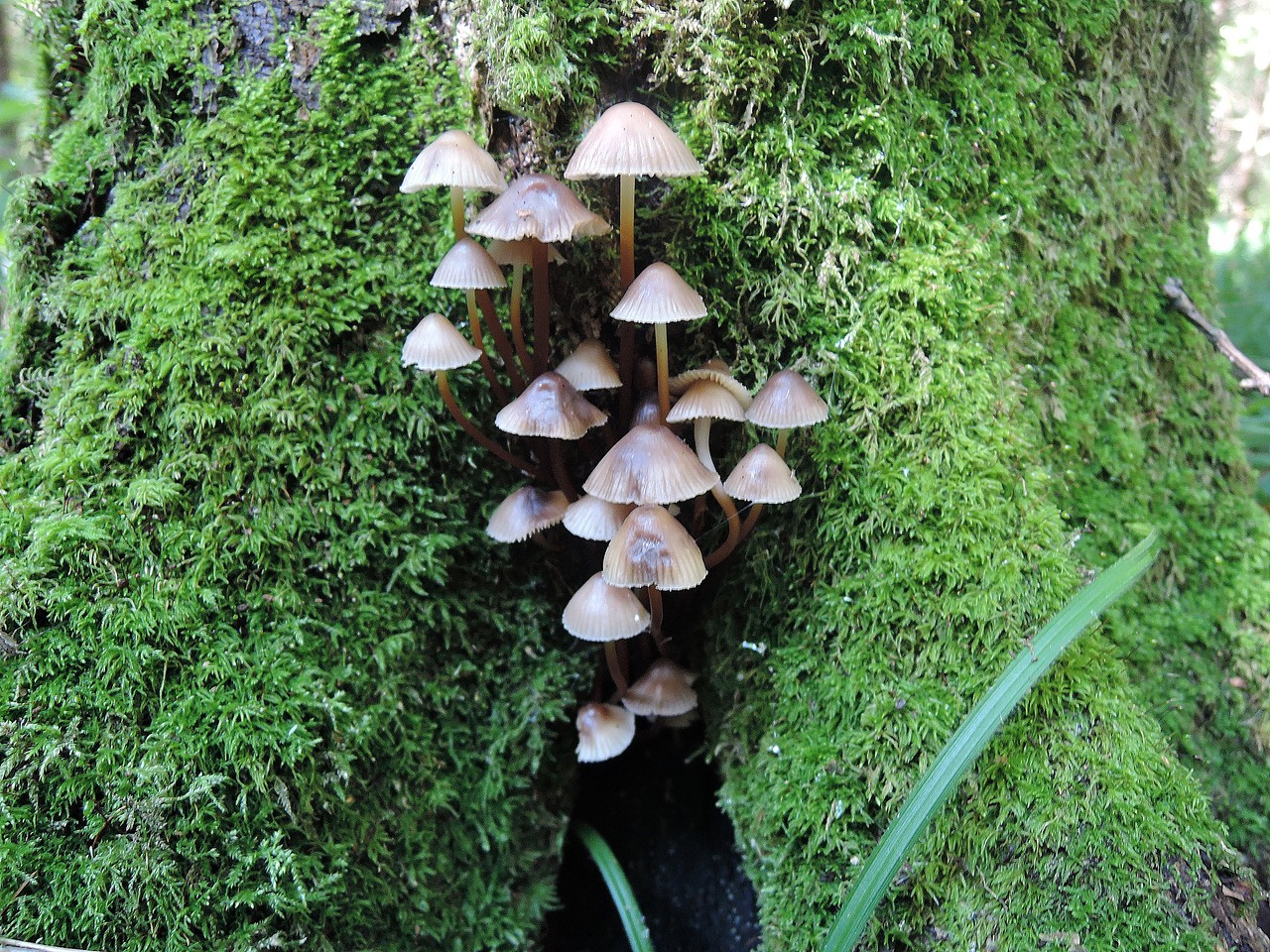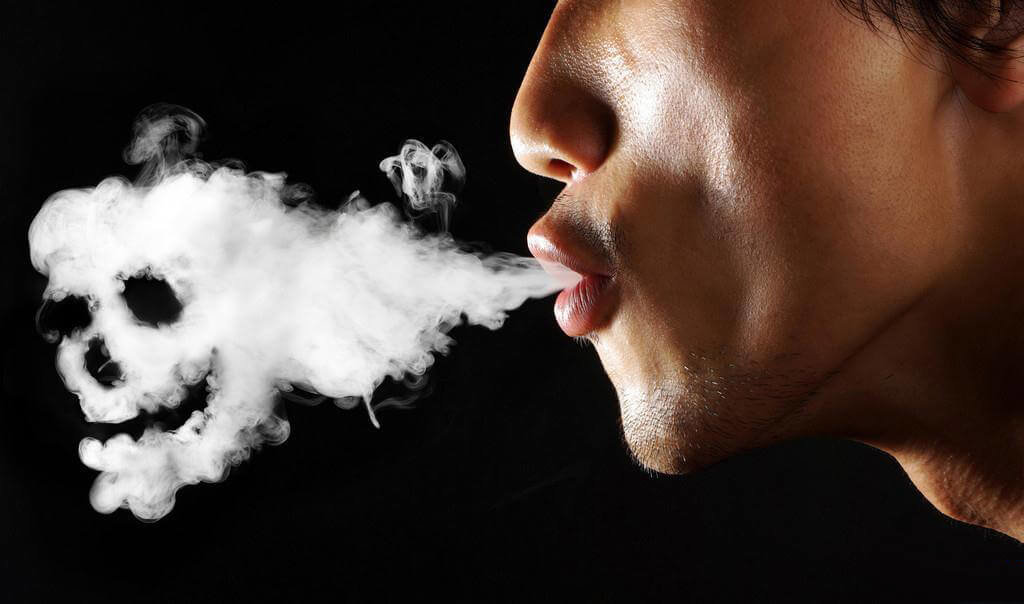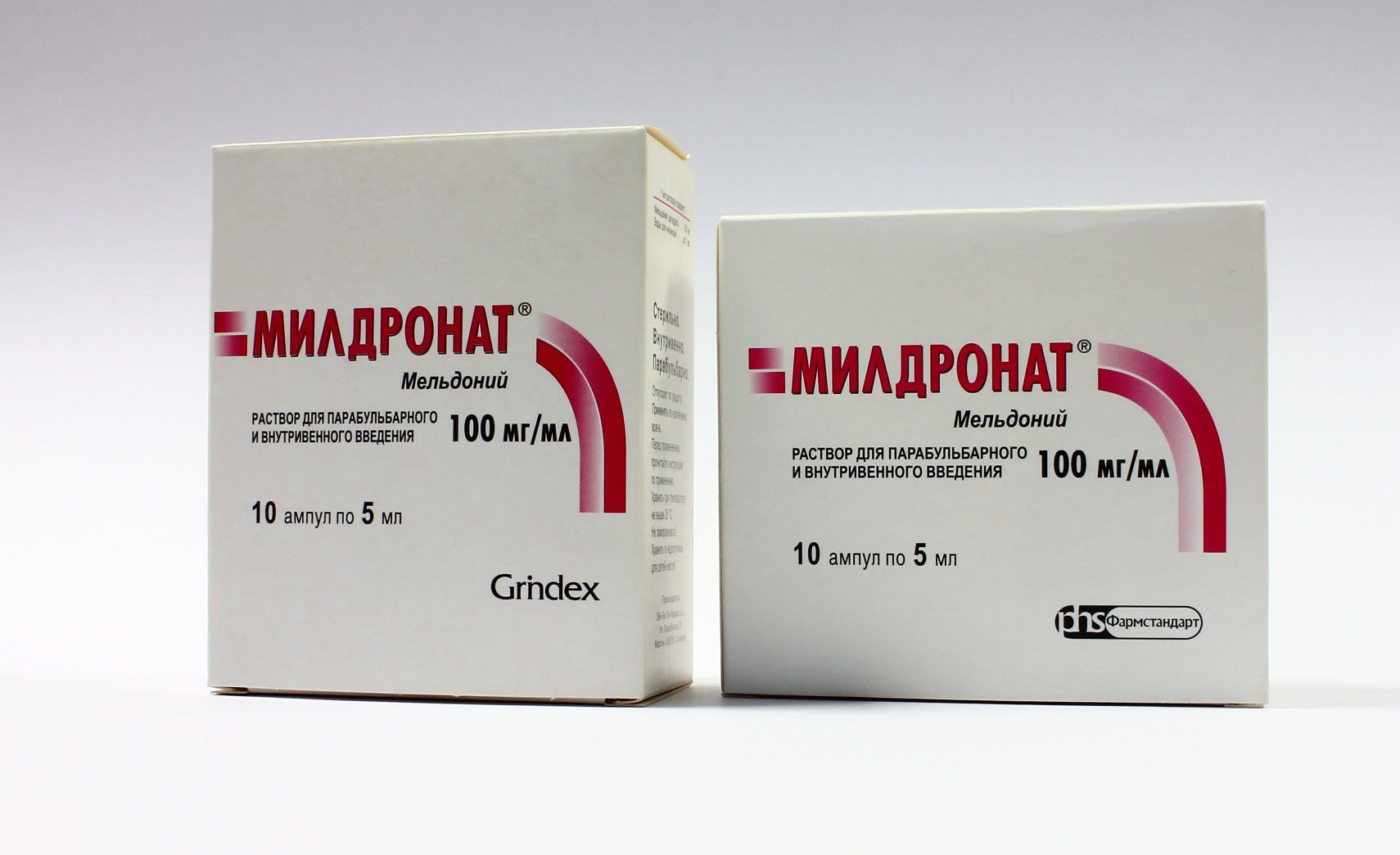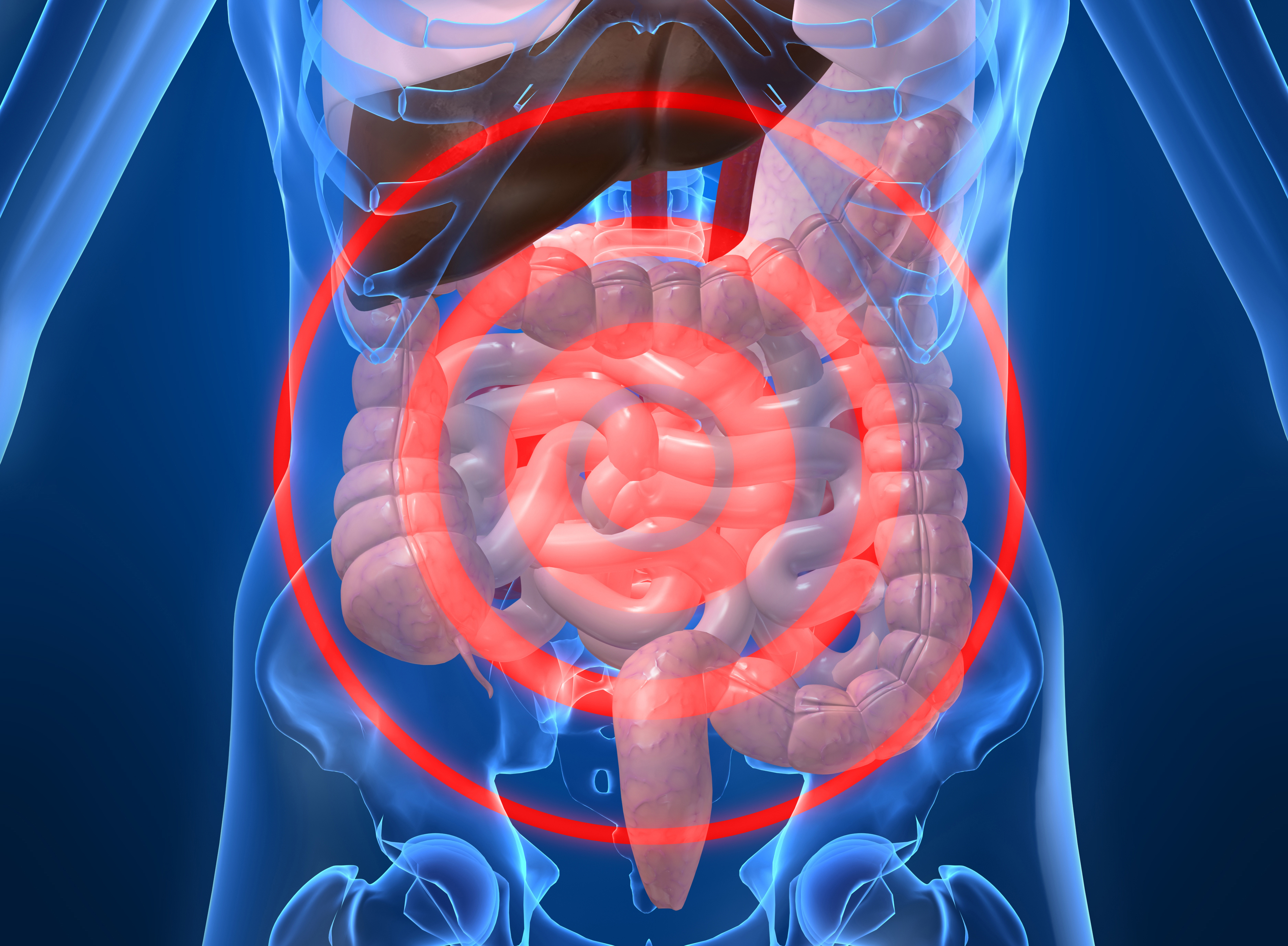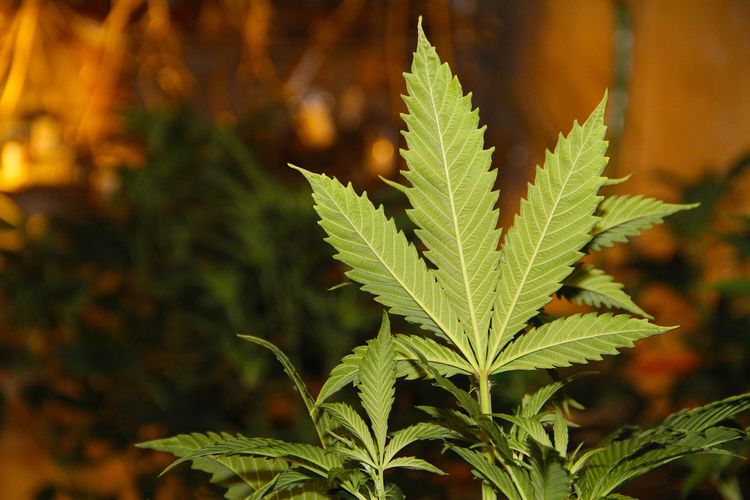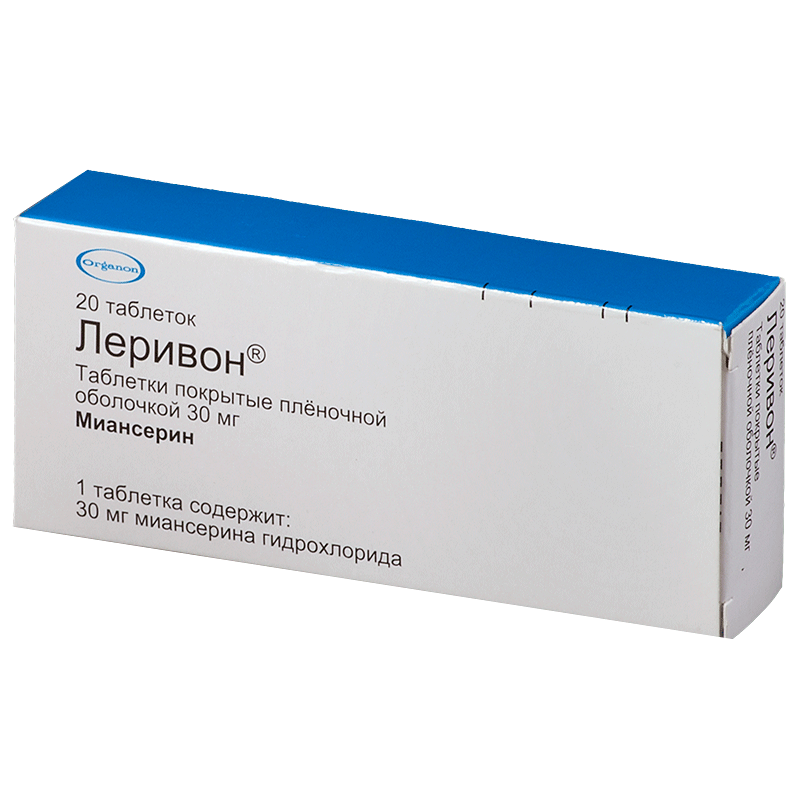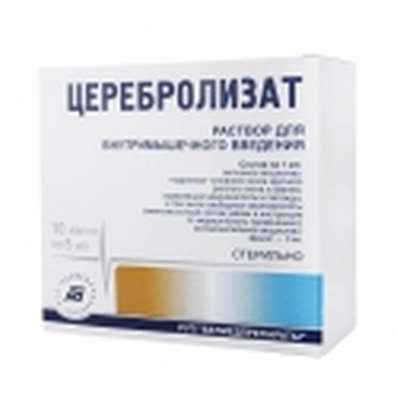08 Aug 2018
This question is now almost rhetorical. And all because the modern rhythm of life, constant stress, lack of time for a loved one is guaranteed by a constant high level of anxiety, sleep disturbance, nervous breakdowns without a reason and other "delights".
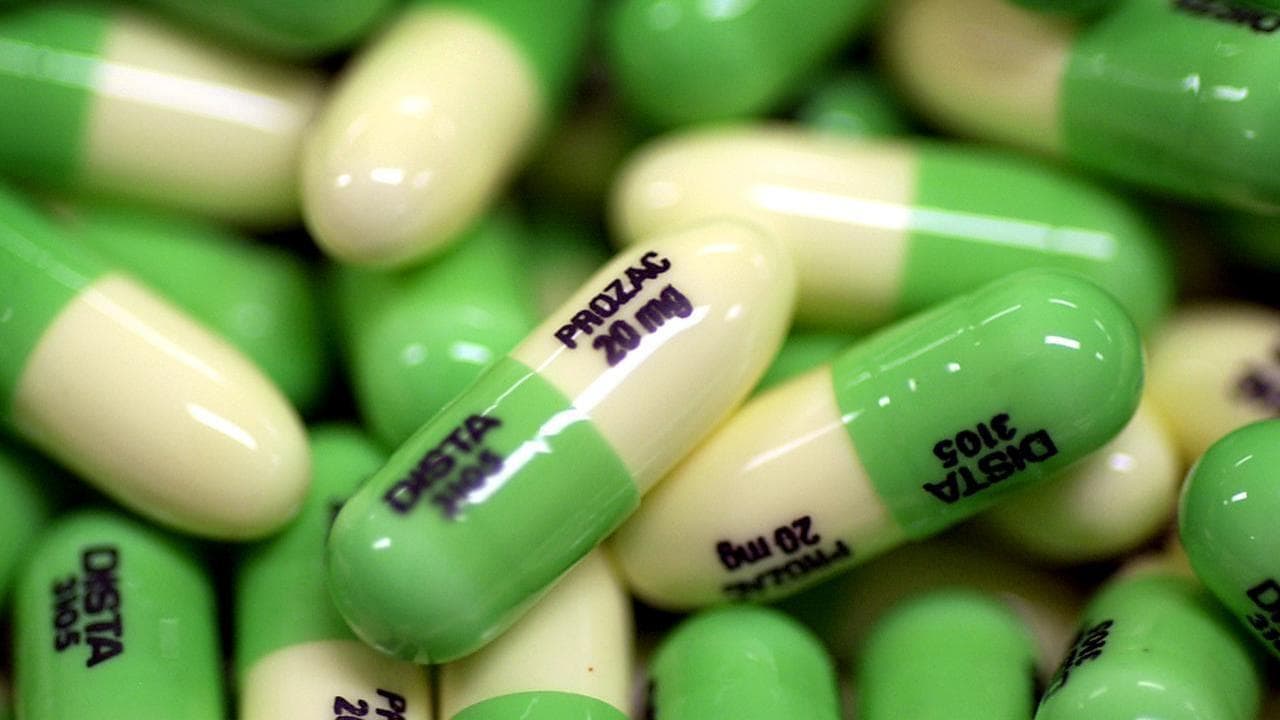
Why?
There is an opinion in the society that people are coming to specialists for treatment, especially if it concerns delicate problems. Depressions, neuroses, and emotional stresses are also among the delicacies. Not wishing to become a target for gossip, many ladies go to the pharmacy for an antidepressant, bypassing a psychologist, neuropathologist and other specialists.
It turns out that all or almost all herbal preparations, defined as antidepressants, can be found in the ordinary pharmacy, which is near the house. The situation is different with their synthetic counterparts: such preparations can not be sold without a doctor's prescription.
Soothing or antidepressant?
Interest in drugs, called antidepressants, strongly warms up advertising, which promises the necessary effect, the absence of contraindications and accessibility for every layman. However, not everyone understands the difference between conventional sedatives and antidepressants proper. Let's try to figure it out.
Soothing drugs are called such biologically active additives and drugs, the action of which is based on the usual relaxation of muscles and calming nerves. Antidepressants also normalize the production in the body of those essential substances that can improve mood. The development of certain substances in depression, for example, serotonin, is reduced, and without normalization of its level, normal brain work is impossible.
St. John's Wort, which is known to everyone, it turns out, is not only a "booster" of pressure, but also an antidepressant. Some sedative preparations on the plant basis of the current generation also have some antidepressant properties, despite a greater soothing effect. Therefore, for home use, such drugs are quite appropriate. But synthetic drugs are needed to treat more severe disorders, for example, at a high level of depression, when simple sedatives are ineffective. That is why it is important to distinguish antidepressants and their properties from conventional sedatives.
Harm or benefit?
Undoubtedly, the effect of antidepressants on the human body takes place. However, the therapeutic effect does not stop only at the level of the human psyche. There is an opinion that where the treatment ends, addiction begins. This is so, but only if the dosage and regimen are not met.
The current stereotype "taking antidepressants indicates weakness" is currently rejected. At least, doctors. After all, depression is like a sore that requires treatment (you should agree that it is foolish to blame a patient for hypertension in wanting to reduce the aggravation or desire of a patient with polyarthritis to relieve pain). So in the case of depression.
Of course, not always and not all drugs can cure depression itself, but their action is based, rather, on the removal of painful feelings of the soul. Moreover, antidepressants are prescribed in combination with other methods of treatment. Eliminating depression, drugs give a sense of confidence and stability - that's why such drugs, if they are prescribed by a doctor, should be taken because they can really help to cope with the manifestations of the disease, and modern medical technologies exclude the moment of habituation.
What is being treated?
Currently, there are many antidepressants (Xanax, Phenazepam), but on the positive side only a few dozen drugs have proven themselves. In this case, each antidepressant is different from its counterpart and the effectiveness of the impact, and side effects and a number of other indicators. But the common property of all drugs of this kind is based on the object of treatment. Antidepressants have a direct effect on depression and its manifestations: chronic headache, tension, musculoskeletal pain, migraine attacks, etc.
Of course, in addition to depression, such medications are treated with anxiety disorders and vegetative dysfunctions, manifested by attacks of fear and panic, obsessive thoughts and actions, states of constant internal tension and an increased level of anxiety. Often in combination with psychotherapy.
The choice of the drug, dosage and duration of treatment is determined only by the doctor on the basis of anamnesis and an analysis of the degree of depression in each particular patient. Only a specialist can analyze the causes of the disease, the presence of concomitant somatic diseases.
Mechanism of action
When the balance of the state of mind is broken, the symptoms do not make you wait long: sleep deterioration, loss of appetite, loss of strength, the inability to concentrate for long on something other than your pain and experience, chronic pain is not a complete list of symptoms of depression. The mechanism of action of antidepressant drugs is simple: the active substance adjusts to the cyclical nature of the manifestations of disorders, improves and controls the balance of chemicals, and therefore the thoughts, behaviors, physical signs characteristic of depression are under constant management.
Antidepressants eliminate pain and fatigue, normalize sleep and energy. Agree that in a more or less normal state, when a person feels rested, it is easier to struggle with daily problems, which means that one can easily and without interference be carried away by something interesting, to plan the future from a positive angle, and this is the essence of treating depression.
Result from application
Far from always the effect is immediately apparent. Some improvement, of course, is noticeable already from the first days of treatment, but certainly a good therapeutic result is felt by the patient only after some time from the moment of application. In this case, doctors approach each case individually, advise taking the drug from 2 months to 6 months, because only a sufficiently long reception will provide the maximum effect, and the deterioration of the condition does not occur immediately after discontinuation of treatment. At the same time, the mode of taking medications becomes important.
In order for the patient to take antidepressants on a regular basis, it is important for the doctor to explain why this is necessary. In addition, the treatment takes into account the effects of the drug: to normalize sleep, the drug with a soothing effect is prescribed overnight. To reduce drowsiness during the day, another drug is chosen that increases the efficiency and activity that must be taken in the morning.
Restrictions
As in any treatment, antidepressant therapy has its own nuances. First, the intake of medications should be strictly according to the scheme determined by the treating doctor. Secondly, it is worth remembering that some antidepressants can adversely affect the feelings and manifestation of libido, and therefore the other half should be warned about taking such medicines to avoid misunderstandings. Thirdly, if a couple is going to have a baby, then it's worth remembering that the optimal time for taking antidepressants is about six months, and therefore you do not need to plan for conception for this period.
Depression is a disorder characterized by a depressed mood with a negative, pessimistic assessment of yourself and your situation in the present, past and future. Proved is the fact that depression increases the risk of developing cardiovascular diseases of the heart and brain (heart attack, stroke) regardless of age. To understand what to drink: antidepressants or soothing - only a specialist will help. But on the very rhetorical question that is given in the title, the answer should be positive. Because it is better to lower your painful sensations, than to splash out them on associates. Positive attitude to you!
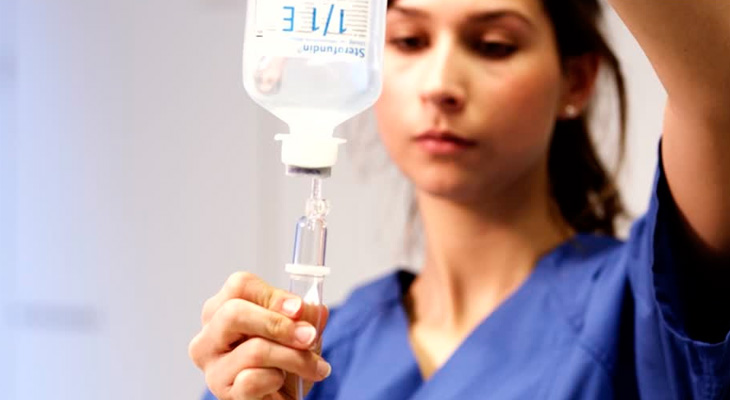

 Cart
Cart


